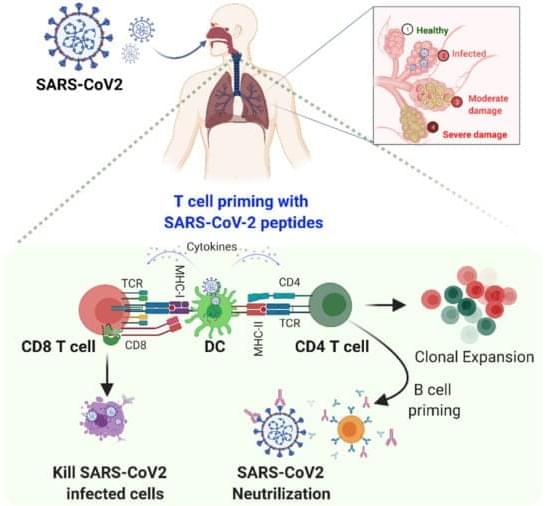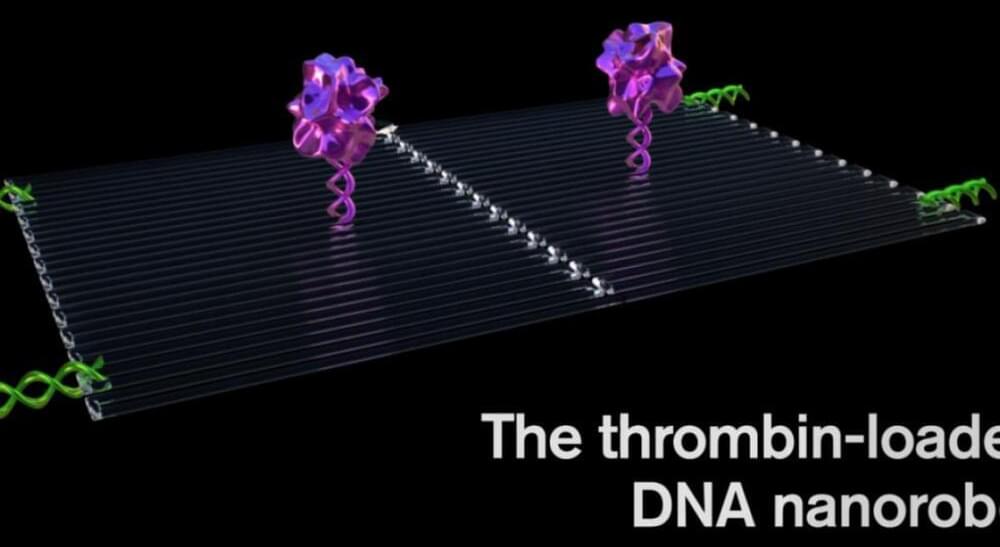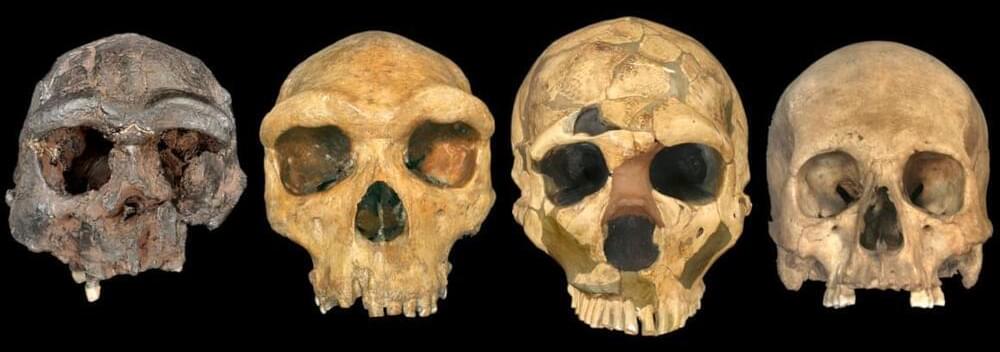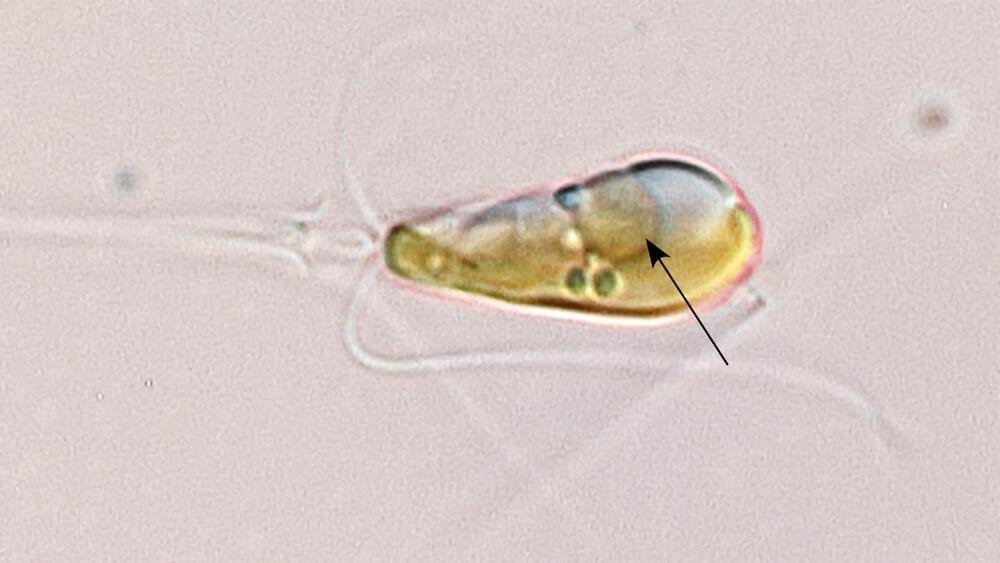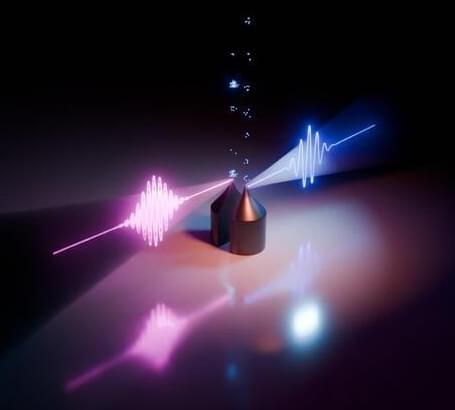Feeling Bad About Feeling Good?
Summary: A new study explores the complex moral landscape of revenge, revealing that people’s reactions to revenge vary significantly based on the emotions displayed by the avenger. Conducted across four surveys involving Polish students and American adults, the study found that avengers who demonstrate satisfaction are viewed as more competent, whereas those expressing pleasure are seen as immoral.
These perceptions shift dramatically when individuals imagine themselves in the avenger’s shoes, tending to view their own actions as less moral compared to others. The findings challenge conventional views on revenge, suggesting that societal and personal perspectives on morality and competence deeply influence judgments of revengeful actions.

